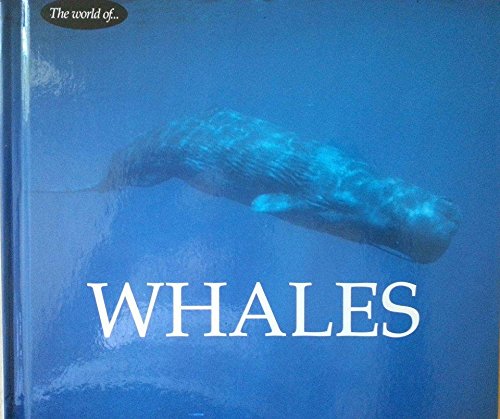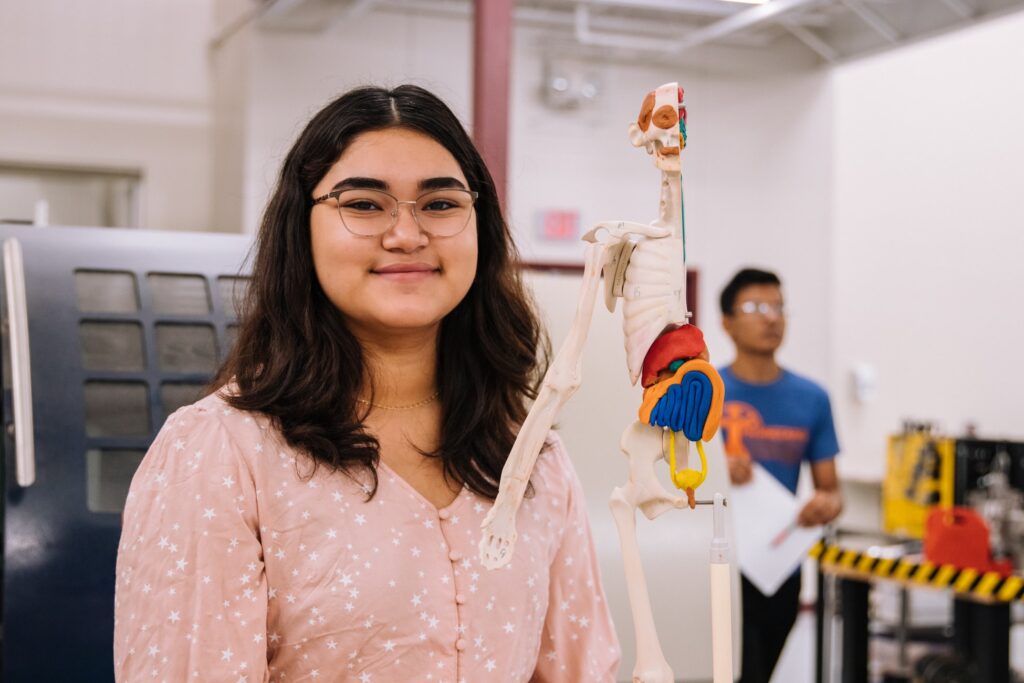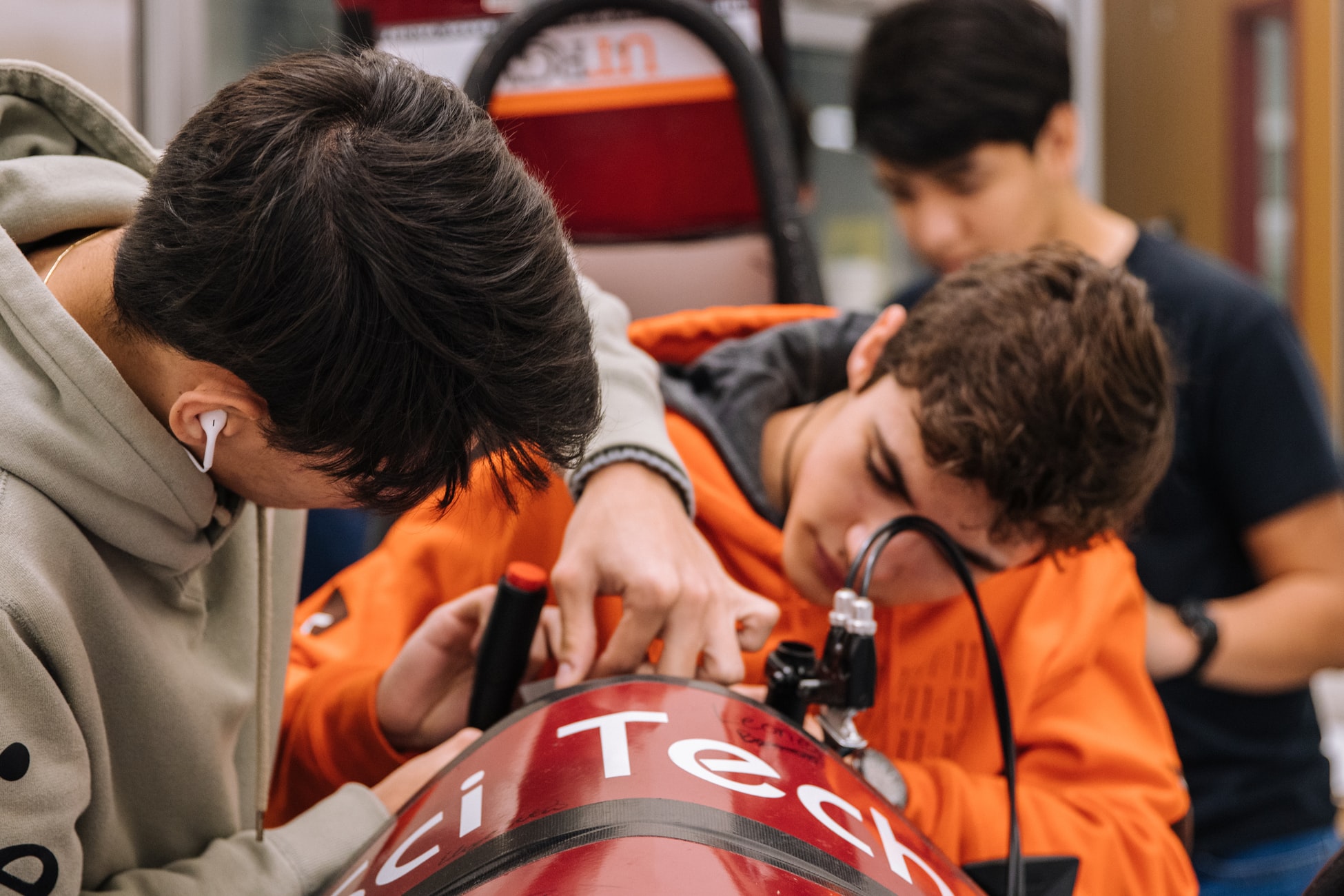BIPOC and Science: Where do we fit in?
The Scholastic Book Fair
Do you remember the Scholastic Book Fair? We had them at my elementary school in the Fall or Spring and I would scour through the catalog frantically highlighting which books I wanted to buy. I’d cross all my fingers and toes praying that my mom would give me some money.
If you opened my backpack it usually was stuffed with library books and almost none of my actual school work. I just really liked to read. And without fail, every time I went to my school’s book fair I would buy a book about the ocean.
As I got older, my collection of ocean-themed books grew. By the time I was in 6th grade I knew I wanted to become a marine biologist. Holding my most prized book simply titled, Whales by Mara Gouck, I proudly declared to my parents that I was going to protect the oceans.
Fast forward 20 years: am I sailing on the Sea Shepherd throwing stink bombs at whaling ships? Nope. Am I am quietly studying zooplankton in a lab right here in San Diego? Yes.
So how the heck did I get here? Was my path easy? No way. Is it everything I dreamed of? Not really. Was I adequately prepared to recognize the painful lack of diversity within any field of science? Yeah, no.
As a first generation, Korean/Mexican American girl growing up in a low-income household in Washington State, there just were not a lot of resources being thrown my way. Let’s take a look at a few numbers.

Just Another Statistic?
By the time I graduated high school in 2007, in Washington State, only 55.4% of English Language Learners (ELL) graduated on time (4 years). Those that were on Free and Reduced Priced Lunch (low-income), only 61.9% graduated on time.
And across the nation in 2007, the total number of students enrolled in an undergraduate degree at a public college or university was 7 million.
Of the 7 million students, how many fall under the category of Black/Indigenous/People of Color? Just over 2 million.
What’s up with the disparity? Why are the low numbers? How did I even make it into college?
Why Representation Matters

The thing is, is that I rarely saw someone like me come out on top.
My high school counselor never told me to go to college. Instead, he encouraged me to enroll in a community college and “see what happens”. I was a good kid, grades were decent and I still thought I could be a marine biologist someday. The expectation was that maybe I would go to college, but actually graduate? Good luck.
For anyone that identifies as a BIPOC (Black, Indigenous, Person of Color), representation in higher education let alone the sciences is hard to come by. Most of the people I admired were white. So where were my black and brown scientists? Were they featured in National Geographic? Their studies explored in Popular Science?
If they were out there, I couldn’t see them.
Creating Pathways with STEM

Thankfully, the push for STEM education has helped to diversify all fields of science.
In San Diego, organizations like San Diego Stem Ecosystem are helping to connect students of all backgrounds to the science. Colleges and universities are also doing their part by connecting local scientists with students.
However, to create sustainable success with STEM education the courses offered in schools must stay relevant and exciting. There needs to be instructional resources and assessment tools for teachers to use to engage students.
One of the main reasons for the creation of this site is to provide a pathway for students, families, educators and the like to find STEM resources and stay connected. By highlighting the contributions of BIPOC researchers, we can give back and uplift everyone to make it out on top.
